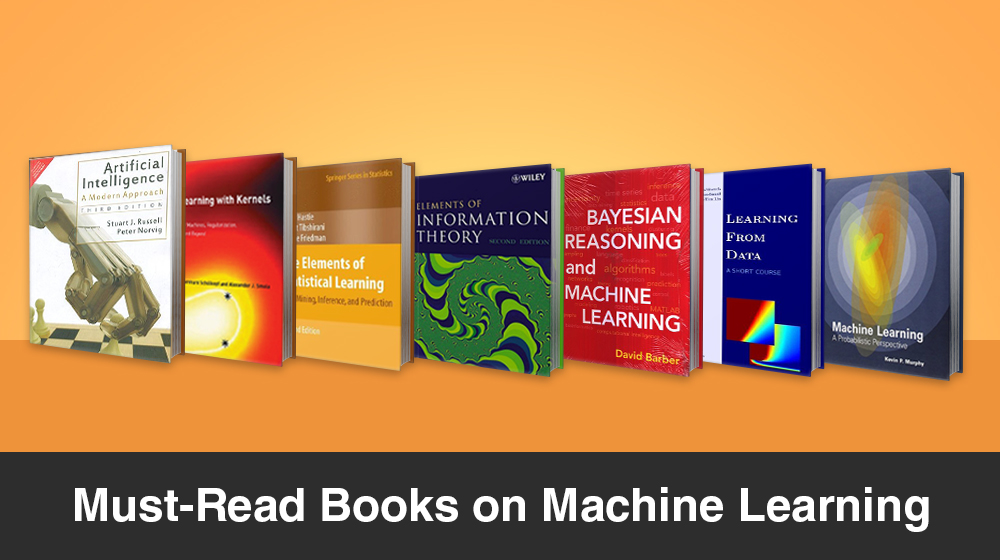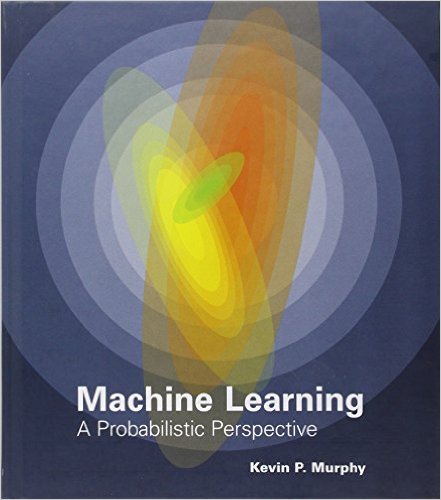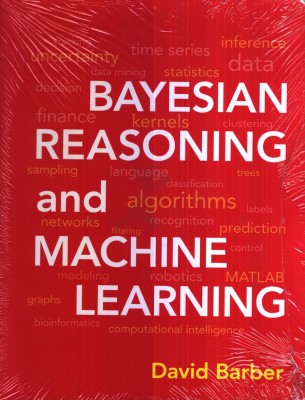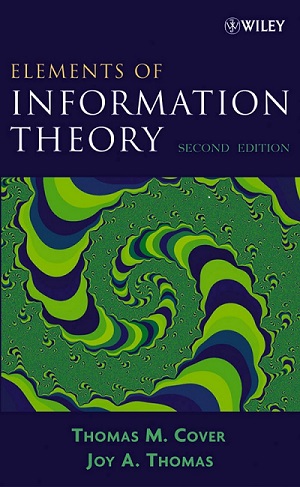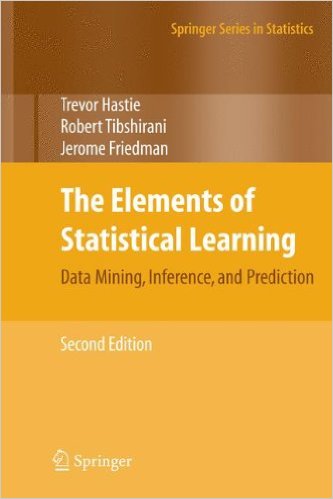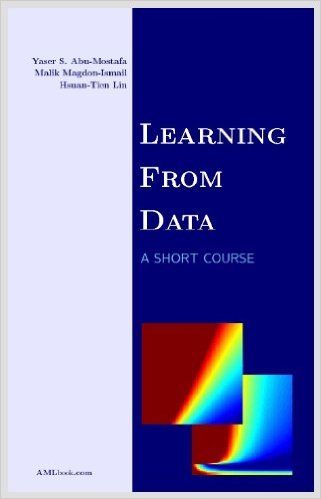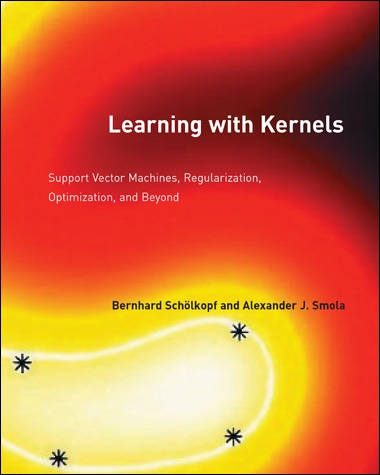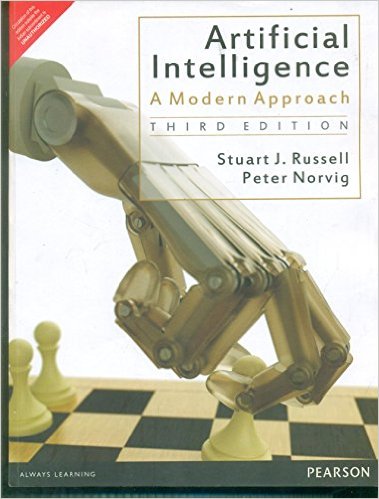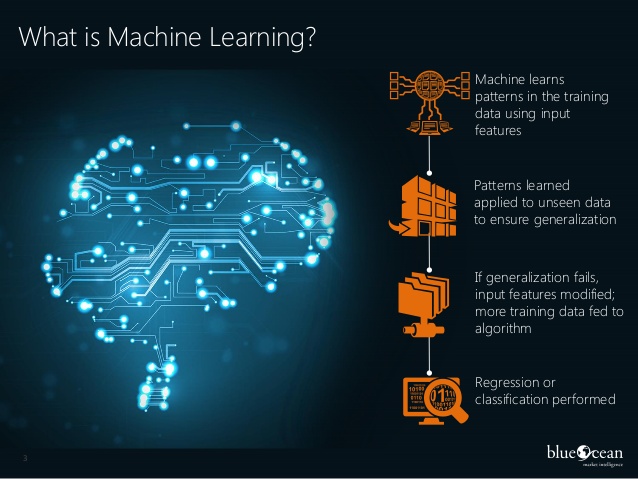Arthur Samuel, an American pioneer in the field of computer gaming, artificial intelligence and machine learning defined Machine Learning as a “Field of study that gives computers the ability to learn without being explicitly programmed”.
There are computer programs that can teach themselves to grow and change when exposed to new data. Machine Learning focuses on such programs.
Both data mining and Machine Learning work in the same way. Both search the data to look for patterns. Data mining applications extract data for human comprehension and machine learning mines that data to find out patterns. It uses the patterns in its program and applies changes to the program actions as per the new data. In short, Machine Learning detects patterns in data automatically and then uses the detected patterns to predict future data.
As far as Machine Learning and Artificial Intelligence is concerned Machine Learning is considered to be the subset of Artificial Intelligence. You can read more here.
Applications like Quora, and Facebook along with several other ecommerce retailers use machine learning to learn about your preferences and then provide you curated content. If you want to learn more about machine learning you could start with Andrew Ng’s online course. There are a few very good books that can help you learn all about machine learning. Let’s have a look at them.
#1 Machine Learning – A Probabilistic Perspective (Adaptive Computation and Machine Learning Series)
By Kevin Murphy
This book provides a deep and detailed introduction to machine learning using probabilistic methods. It offers sufficient background material on linear algebra, probability, optimization, conditional random fields, L1 regularization, deep learning and more. In the introductory chapter the book lays out different kinds of problems that can be solved by machine learning and describes the types of methods that can be used to solve them. The book progresses on to discuss these and related issues in the chapters ahead. The book uses the language of graphical models to specify models in a concise and intuitive way. Overviews of real-world applications of various techniques are provided. MATLAB and GNU octave code which implements the algorithms provided in the book can be feely downloaded from the book’s website.
It is not an easy read but an authoritative book intended to be used as a text book.
#2 Bayesian Reasoning and Machine Learning
By David Barber
It is a very well written and engaging book to learn the fundamentals. Machine learning is now being used across several sectors including search engines, stock market analysis, DNA sequencing and robot locomotion etc. It is a good comprehensive book which covers basic reasoning to advanced techniques and explains it within the framework of graphical models. Each chapter contains numerous examples and exercises. You can access other resources including a MATLAB toolbox from the book’s website.
#3 Elements of Information Theory
By T.M. Cover and J.A. Thomas
It is a classic. It covers the still evolving information theory in a very clear way. It delves on the theory of probability from the perspective of information theory. It has a good instructive mix of mathematics, statistics, physics, and information theory. Important topics such as channel capacity, data compression, entropy, rate distortion, source coding, feedback capacity, hypothesis testing etc. are discussed in detail. It has very useful problem sets. Each problem points at a new idea mentioned in the text. Telegraphic summary at the end of each chapter and historical notes are helpful.
#4 The Elements of Statistical Learning: Data Mining, Inference, and Prediction, Second Edition
By Trevor Hastie, Robert Tibshirani, Jerome Friedman
It is considered to be a must read for people who want to get a good grasp of machine learning, data mining and bioinformatics. The concepts are approached and explained in a statistical way. It deals with many topics like neural network, classification trees, boosting and support vector machines – comprehensively. It also includes topics like random forests, ensemble methods, Non-negative matrix factorization, graphical models, least angle regression & path algorithms for the lasso, special clustering, false discovery rates and more. It explains additive models and piecewise approaches to linear modelling very well. The section on B-splines is also interesting. It lays the conceptual foundations well.
#5 Learning From Data
By Yaser S. Abu-Mostafa, Malik Magdon – Ismail , Hsuan – Tien Lin
This book is a good primer to machine learning. It talks about all the basic concepts that enable the technology to improve its performance with experience accumulated from the observed data. It has all the core topics a student of machine learning should know. The book covers topics like regularization, VC dimension, overfitting, bias and variance in good detail. The authors have tried to balance theoretical, practical, mathematical and the heuristic. The authors are professors at reputed universities. You will learn how and why things work in a certain way. You will learn to
There is an excellent series of Data Videos lectures machine learning students can watch after reading the book.
#6 Learning with Kernels: Support Vector Machines, Regularization, Optimization, and Beyond (Adaptive Computation and Machine Learning)
By Bernhard Schlkopf and Alexander J. Smola
SVMs or Support Vector Machines is a learning algorithm developed from the results of statistical learning theory. These SVMs are called Kernals. Concept of Kernals gave rise to Kernel machines which used central concepts of SVMs for learning tasks. Kernal machines are replacing neural networks in different fields. This book provides a good introduction to SVMs. The book covers the basics and also documents the research done using Kernals. It equips the reader with basic mathematical knowledge needed to use Kernal algorithms. This book will enable you to understand and use powerful kernel algorithms to your tasks.
#7 Artificial Intelligence: A Modern Approach
By Stuart J. Russel and Peter Norvig
This is one book that explains the broad and deep discipline of AI in a simple way. Each part of the book has a non-technical learning material. It has plenty of important topics such as default reasoning and truth maintenance system, multi-agent distributed AI, game theory and detailed probabilistic inference algorithms. It has new set of exercises for students to attempt. The book has new online Java Software. Students can attempt projects using intelligent agents. They can have an agent based approach to AI. Each chapter has an extensive section with historical and biographical notes at the end which is very useful in learning all about machine learning and artificial intelligence.
The Wrap
These are some books you should definitely read if you are into machine learning. Stanford provides a Data Mining and Applications Graduate Certificate course, you could go for. Work at a place which has a focus on Machine Learning. We at OpenXcell encourage our engineers to push boundaries. We are experimenting with Machine Learning and AI. We are now venturing into bot development. We can develop chatbots for platforms like Facebook Messenger, Telegram and Slack. We are exploring new frontiers. You should too.


